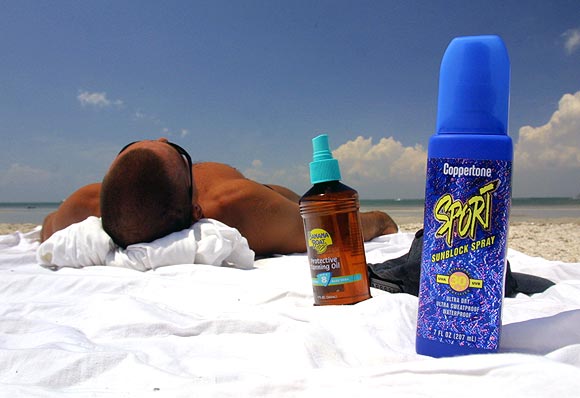
Although wrinkles can signify wisdom, most people would rather not have them!
Skin ages all over the body, but much more so where there has been sun exposure. Most wrinkles appear on the parts of the body where sun exposure is greatest. These especially include the face, neck, the backs of the hands and the tops of the forearms.
What factors promote wrinkles?


There are several medical (topical medicines and creams) and cosmetic techniques available for reducing wrinkles.
They include both medical and surgical methods.
Medical treatment
Vitamin A acid: May produce redness and peeling at first, but discomfort can usually be minimised by lowering the cream's concentration or applying it less often, until the skin gets used to it.
Alpha-hydroxy acid: Has the same effect as above, and can also be remedied in a similar manner.
Antioxidants: Include vitamins A, C, and E, as well as beta-carotene. Such creams may provide a certain amount of sun protection as well as mild improvement of fine wrinkles.
Moisturisers: Reduce the appearance of fine lines.

Glycolic acid peels and superficial peels can make a very slight difference in the intensity of fine wrinkles.
Deep peeling
Microdermabrasion
This refers to "sanding the skin" with a machine containing silica or aluminum crystals.
Microdermabrasion does not change skin anatomy, though it may make the face feel smoother.

Non-ablative laser resurfacing: Newer lasers attempt to stimulate collagen synthesis under the skin without peeling or damaging the epidermis.
Heat and radiofrequency: Another variation of non-invasive facial rejuvenation is to heat tissue using radiofrequency devises and infrared light sources.

Botox: Injection of botulinum toxin, the muscle poison, can paralyse muscles that produce the "frown lines" on the forehead, fine lines around the eyes, and other wrinkles. Botox is quite safe.
The muscle poison does not spread through the body to do damage elsewhere.
Fillers: Fillers are injected into the skin to increase volume and flatten wrinkles and folds. Hyalouronic acid and calcium hydroxy apatite have become popular, because their effect can last six to nine months, or even longer.